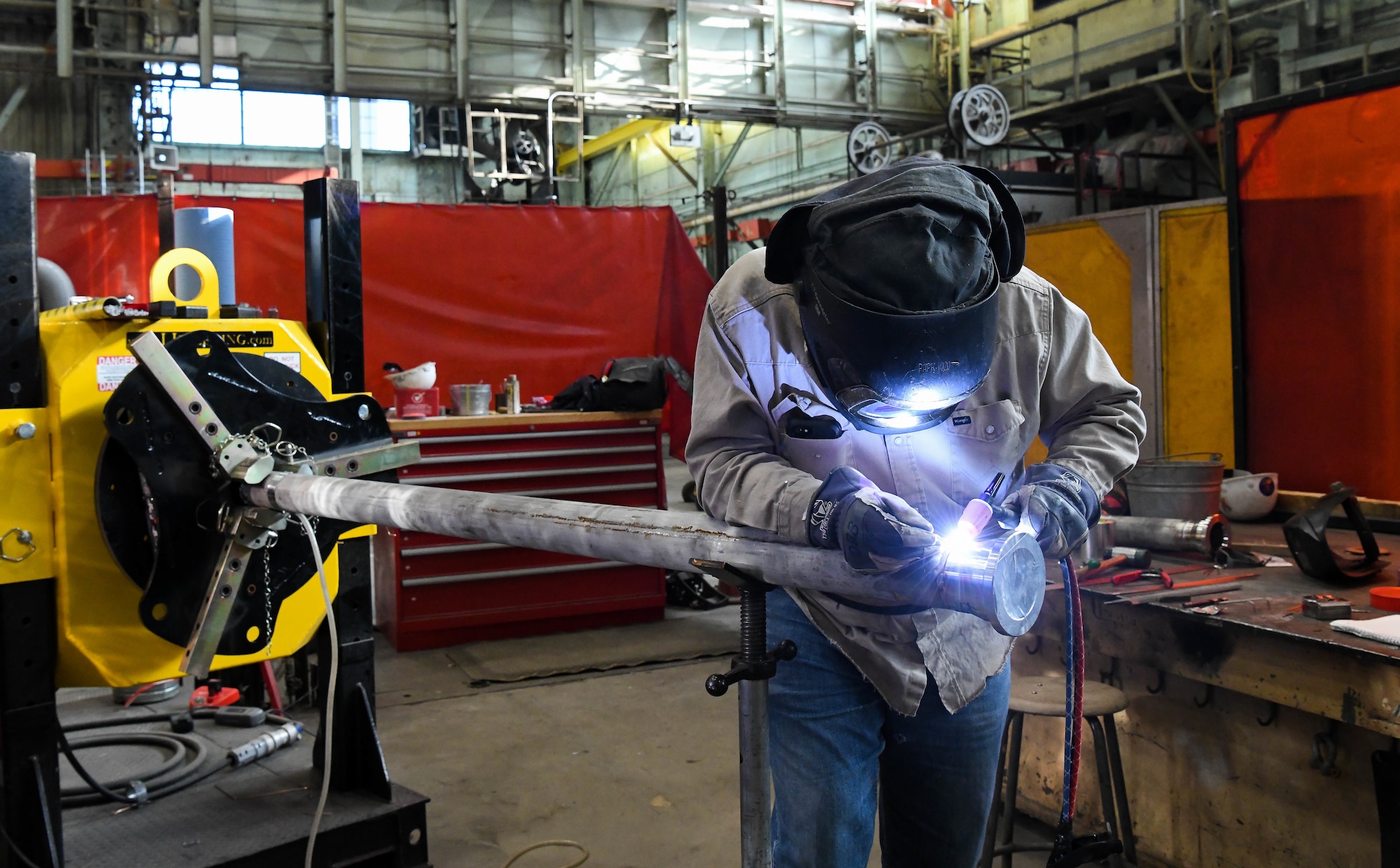Exactly how to Develop an Effective Welding WPS: Tips and Best Practices
Exactly how to Develop an Effective Welding WPS: Tips and Best Practices
Blog Article
Achieving Welding Excellence: Unveiling the Tricks of WPS Implementation and Optimization
In the realm of welding, attaining quality is a search that pivots on the meticulous execution and optimization of Welding Treatment Requirements (WPS) By diving right into the crucial elements, strategies, obstacles, and ideal practices connected with WPS, a globe of welding quality awaits those that are ready to discover its depths.
Significance of WPS in Welding
The Significance of Welding Treatment Requirements (WPS) in the welding industry can not be overstated, acting as the foundation for making certain consistency, quality, and security in welding operations. A WPS supplies in-depth instructions on how welding is to be accomplished, including crucial variables such as products, welding procedures, joint layout, filler metals, interpass and preheat temperatures, welding currents, voltages, traveling rates, and a lot more. By sticking to a well-defined WPS, welders can preserve harmony in their job, leading to regular weld top quality throughout various tasks.

Trick Aspects of WPS
Going over the important parts of a welding treatment requirements (WPS) is important for recognizing its role in welding operations. A thorough WPS includes several vital aspects that direct welders in accomplishing high quality and consistency in their job. One crucial aspect of a WPS is the welding procedure specification, which details the details welding processes to be utilized, such as gas tungsten arc welding (GTAW) or shielded metal arc welding (SMAW) In addition, the WPS consists of information on the welding products, such as the kind and specifications of the base steel and filler steel to be used. The WPS additionally specifies crucial variables like welding parameters, preheat and interpass temperature level demands, and post-weld warmth therapy procedures. In addition, it includes info on joint layout, fit-up, and any unique strategies or precautions required for the welding operation. By incorporating these crucial elements right into the WPS, welding treatments can be standard, making certain top quality, effectiveness, and safety in welding operations.
Strategies for WPS Optimization

Second of all, training and certification of welding personnel according to the particular demands of the WPS is critical. Offering thorough training programs and making certain that welders are licensed to carry out treatments detailed in the WPS can cause better welds and lowered rework.
Additionally, leveraging technology such as welding software and monitoring systems can help in optimizing WPS. These devices can aid in monitoring variables, making certain criteria are within specified restrictions, and offering real-time responses to welders, enabling them to make immediate adjustments for improved weld quality.
Usual Difficulties and Solutions
Encountering challenges in executing the techniques for WPS optimization can impede welding operations' performance and top quality. One common difficulty is inadequate training or understanding of the welding treatment requirements (WPS) amongst the welding group. This can lead to incorrect execution of welds, resulting in problems and rework. To resolve this, thorough training programs must be implemented to guarantee that all welders are skilled in translating and applying WPS accurately.
An additional obstacle is the absence of proper documents and record-keeping, which is important for WPS optimization. Without clear documents of welding specifications, products made use of, and evaluation results, it becomes tough to determine areas for renovation and make certain consistency in welding procedures. Applying a durable documentation system, such as electronic welding administration software, can assist streamline record-keeping and promote data analysis for continuous renovation.
Furthermore, irregular welding equipment calibration and upkeep can position a substantial obstacle to WPS optimization. Regular tools checks, calibration, and upkeep schedules must be complied with strictly to make certain that welding specifications are properly managed and preserved within the defined tolerances (welding WPS). By attending to these common difficulties with aggressive remedies, welding procedures can enhance effectiveness, top quality, and overall welding quality
Ideal Practices for WPS Implementation
To make sure successful WPS execution in welding operations, adherence to market criteria and meticulous interest to information are paramount. When initiating WPS application, it is essential to begin by thoroughly comprehending Recommended Site the certain welding requirements of the job. This requires a thorough review of the welding procedure specifications, materials to be bonded, and the environmental problems in which the welding will certainly take area.
Once the requirements are clear, the next step is to choose the appropriate welding procedure that aligns with these specifications. This involves speaking with the appropriate codes and requirements, such as those supplied by the American Welding Culture (AWS) or the International Company for Standardization (ISO), to make certain conformity and top quality.
In addition, recording the whole WPS execution procedure is essential for traceability and quality control. Comprehensive records resource should be maintained regarding welding parameters, product prep work, preheat and interpass temperatures, welding consumables utilized, and any type of discrepancies from the original procedure. Regular audits and testimonials of the WPS can aid recognize locations for enhancement and make sure continuous optimization of the welding process.


Final Thought
Finally, the implementation and optimization of Welding Treatment Requirements (WPS) is critical for accomplishing welding quality. By understanding the crucial elements of WPS, carrying out reliable techniques for optimization, addressing typical obstacles, and adhering to best techniques, welders can guarantee high-grade welds and risk-free working problems. It is vital for professionals in the welding market to focus on the appropriate execution of WPS to boost general welding efficiency and achieve preferred end results.
The Significance of Welding Treatment Specifications (WPS) in the welding industry can not be overemphasized, serving as the foundation for ensuring consistency, discover this info here top quality, and safety in welding operations. A WPS supplies thorough instructions on exactly how welding is to be lugged out, consisting of important variables such as products, welding procedures, joint layout, filler metals, preheat and interpass temperature levels, welding currents, voltages, traveling speeds, and much more. One vital facet of a WPS is the welding procedure specification, which outlines the particular welding procedures to be made use of, such as gas tungsten arc welding (GTAW) or shielded metal arc welding (SMAW) By incorporating these vital elements right into the WPS, welding procedures can be standardized, ensuring quality, effectiveness, and security in welding operations.
It is vital for specialists in the welding industry to focus on the appropriate application of WPS to improve general welding efficiency and achieve desired outcomes.
Report this page